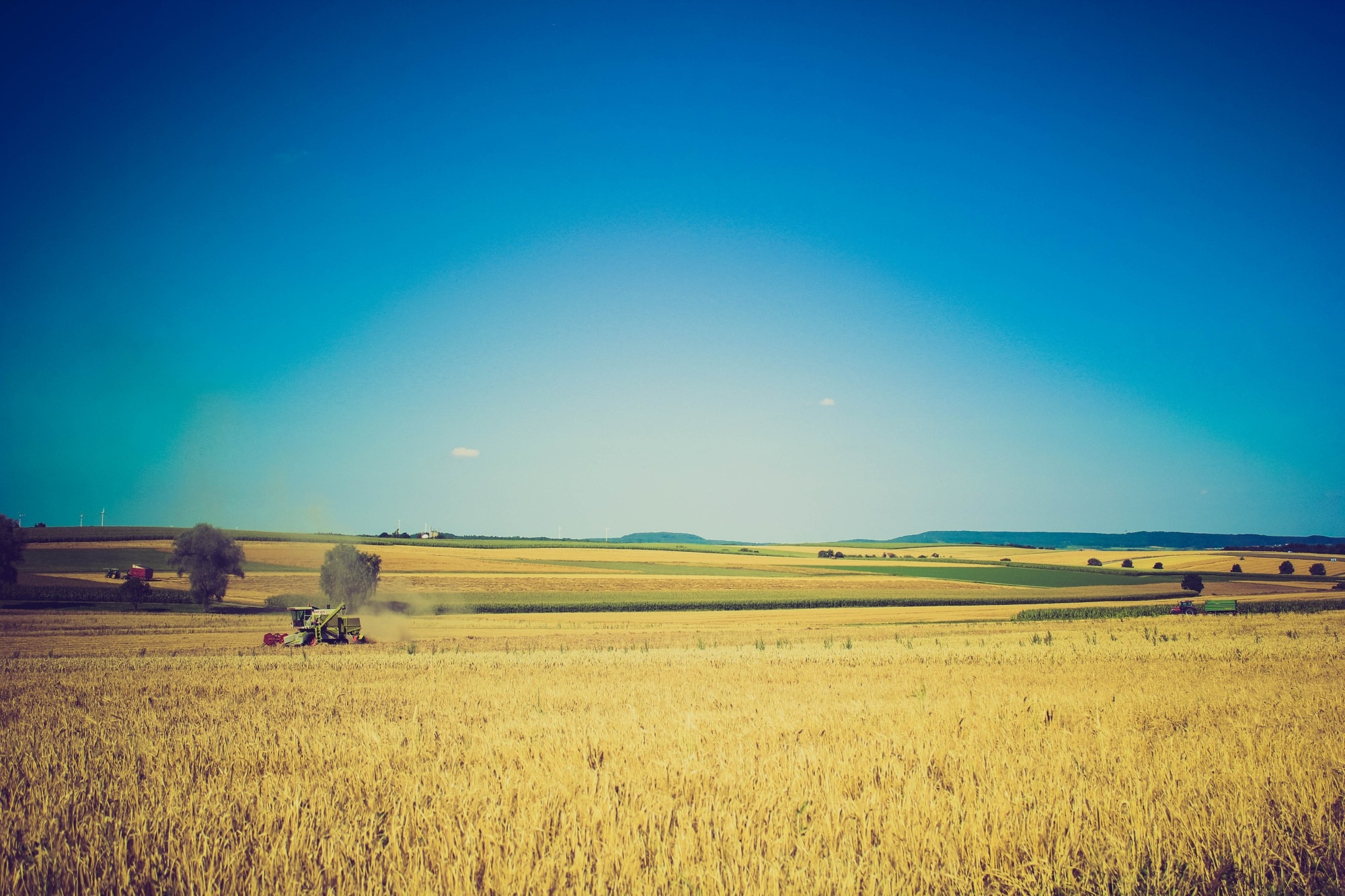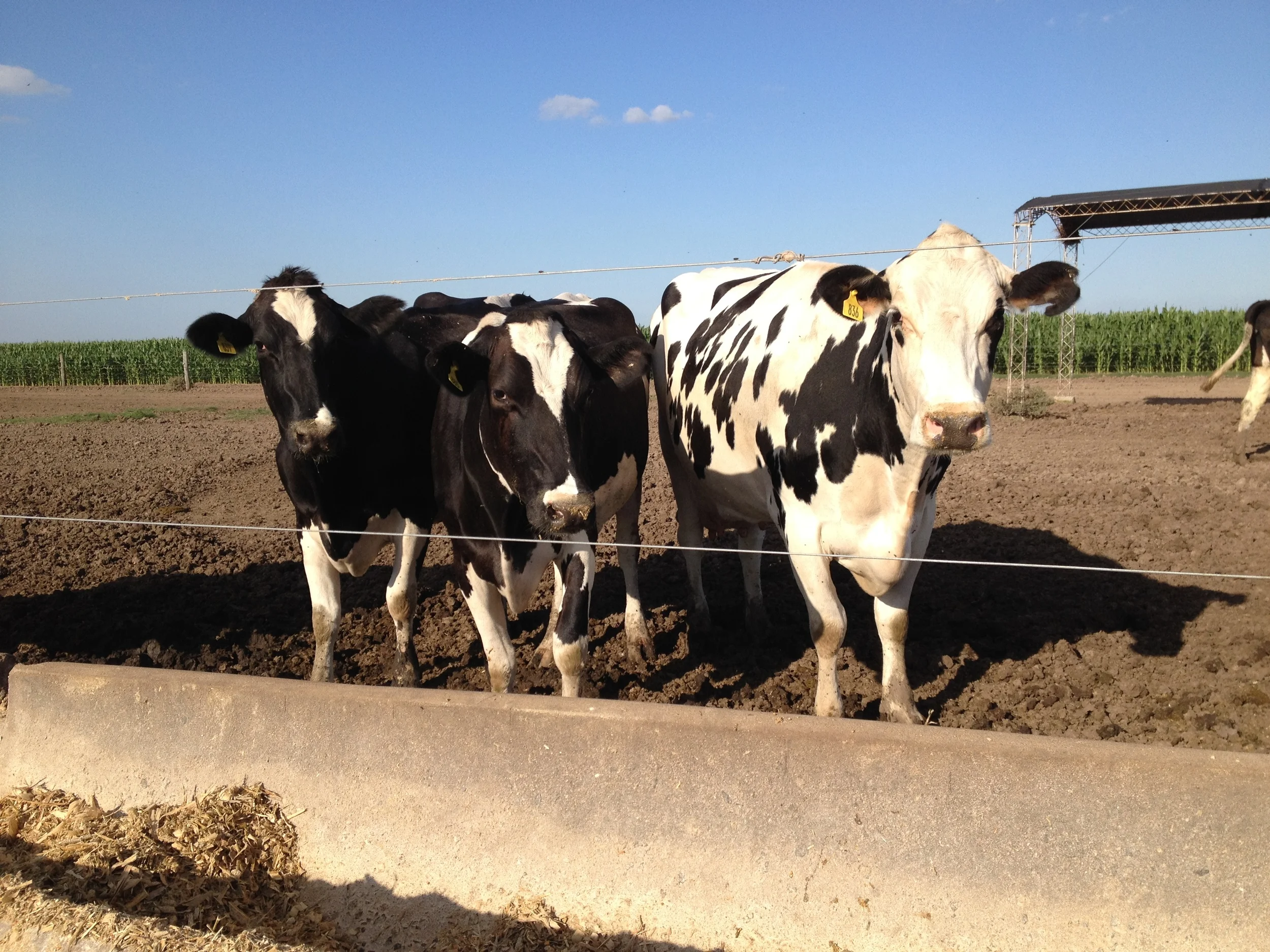I’m going to share a secret with you that not many people know about me. When I was in high school, I was a champion poultry judge. That’s right, while most kids were playing sports and hanging out at the mall, my friends (whose names have been omitted to protect the innocent) and I were grading broiler carcasses and candling eggs. So, as you may imagine, I have long considered myself quite knowledgeable about the US poultry industry. But it wasn’t until I was recently reviewing some trade data that I developed an appreciation for the dominant export position that chicken from the United States holds in world markets, and Latin America in particular...
Read MoreFor many people, the mention of wine evokes a vision of rolling French and Italian vineyards, each boasting a unique and storied terroir. And while these countries have earned their place in the annals of wine history, less well known South American players, like Argentina, are on the scene shaking up this traditional industry with differentiated varietals and an eye toward export markets...
Read MoreIn June 2016, Bonterra Partners, in cooperation with Mirova, the Responsible Investment subsidiary of Natixis Asset Management, and with the support of the United Nations Convention to Combat Desertification (UNCCD), published a landmark study titled “Unlocking the Market for Land Degradation Neutrality.” The study examines the current state of land worldwide and analyzes the market landscape in relation to sustainable land use and land degradation avoidance investments. Furthermore, it explores the market opportunity for private investors. In today’s blog we have the opportunity to speak with Renee Cheung, Managing Partner and Founder of Bonterra Partners, about the study and her outlook on the solutions for stopping land degradation across the globe...
Read MoreOn your last trip to the grocery store, did you notice an increase in the price of salmon? Over the past few decades, consumers have come to embrace salmon as a source of high quality protein and a provider of other benefits such as fatty acids. One country in particular, Chile, has risen to the challenge of meeting this demand, becoming a major global supplier and increasing production by several multiples. But this year a red algae bloom, and its associated red tide, has severely reduced production and threatened the industry’s prospects for 2016...
Read MoreI first learned that Argentina’s president had announced a revision to the country’s land rights law on Facebook, of all places. The particular friend who shared the article was incensed by what she viewed as the government selling out the livelihood of the rural population. This visceral response is one of the reasons I am so interested in rural land rights and investment. The topic is messy and complicated, pitting national identity and protectionism against open borders and economic opportunity...
Read MoreAt the beginning of this year, there was a lot to be excited about regarding agriculture in Brazil. Despite the challenges facing the country in other areas it seemed like Brazilians could look forward to an agricultural year that would include a historically large soybean crop, near record corn production, and prosperity for a number of other agricultural products. The expectation was that these crops would be large enough to satisfy domestic demand while simultaneously enabling exports that would attract badly needed revenue to the ailing economy. But as the saying goes, the best laid plans of mice and men often go awry...
Read MoreAs those familiar with the sector know, the food and agriculture industry worldwide is undergoing extraordinary change. Evolving supply and demand dynamics such as shifting demographics, sustainability pressures, and novel consumer concerns have led to the emergence of the food and agriculture asset class as a new and highly relevant investment space. Interest has been growing from both private and institutional investors. In fact, between 2005 and 2015 the number of investment funds specializing in food and agriculture assets jumped from about 30 to over 300, with current assets under management estimated in excess of $52 billion...
Read MoreFor those who study the global dairy markets, it is critical to understand the supply and demand dynamics of the major players. We watch closely as weather impacts in Oceania, shifting political winds in Europe, and pricing trends in the USA influence the amount of milk headed to global markets. In many cases, the dairy situation in Latin America forms merely a footnote to other, more established regions. But as the world shifts, Latin America’s dairy producers and exporters will have an increasingly important role to play - and those who understand their unique characteristics will find themselves with a powerful first mover advantage...
Read MoreAt first glance, the average person in the United States of America may not seem to have much in common with their counterpart in Argentina. One likes to drink Budweiser beer while the other’s palate demands fernet. One cheers on their football team whereas the other prefers fútbol. But one thing transcends both cultures…a taste for beef. How these two countries satiate their demand for bovine meat will be invariably intertwined going forward, having an impact on cattle and beef markets in both countries...
Read MoreLast week stakeholders from across the dairy industry met in Puerto Varas, Chile to discuss the current state of the sector and share thoughts about its future. The 14th Pan-American Dairy Conference hosted by FEPALE (Federación Panamericana de Lechería) and Chile’s FEDELECHE (Federación Nacional de Productores de Leche) was attended by hundreds of dairy farmers, processors, suppliers, and other people relevant to the industry. Although the current low price environment imparted a solemnity to the meeting many of the presentations and participants focused on the strength of the industry and looked optimistically toward recovery...
Read MoreIn the first blog entry of this series, we spent some time covering trade agreements that exist between two countries. But these bilateral agreements only tell part of the trade story. In order to obtain a comprehensive understanding of international trade, one must also understand the nuanced agreements that exist between more than two countries. In this post we will consider multilateral trade agreements in the Americas and their impact on regional agriculture...
Read MoreIf you are involved in global food and agriculture, chances are that you probably already have a good understanding of the profound impact that trade can have on the industry. You have probably also heard a lot of rhetoric surrounding specific trade agreements and how they will influence international commerce. But when we begin to drill into the subject of trade, it can feel a bit like alphabet soup. Today’s blog is the first of a two-part series to help us decipher the jargon and achieve a common understanding of the trade agreements in Latin America and their relevance to agriculture...
Read More












